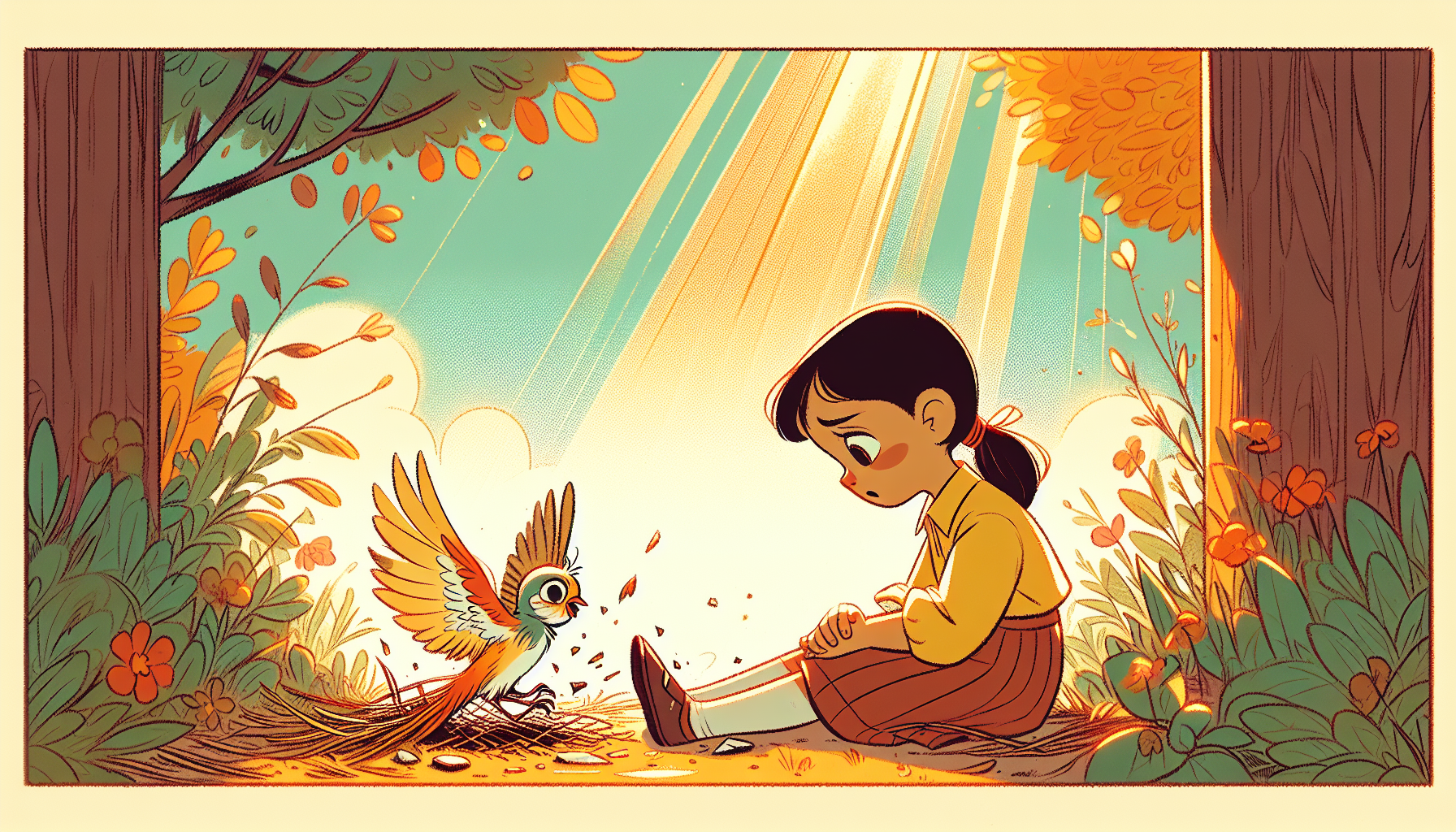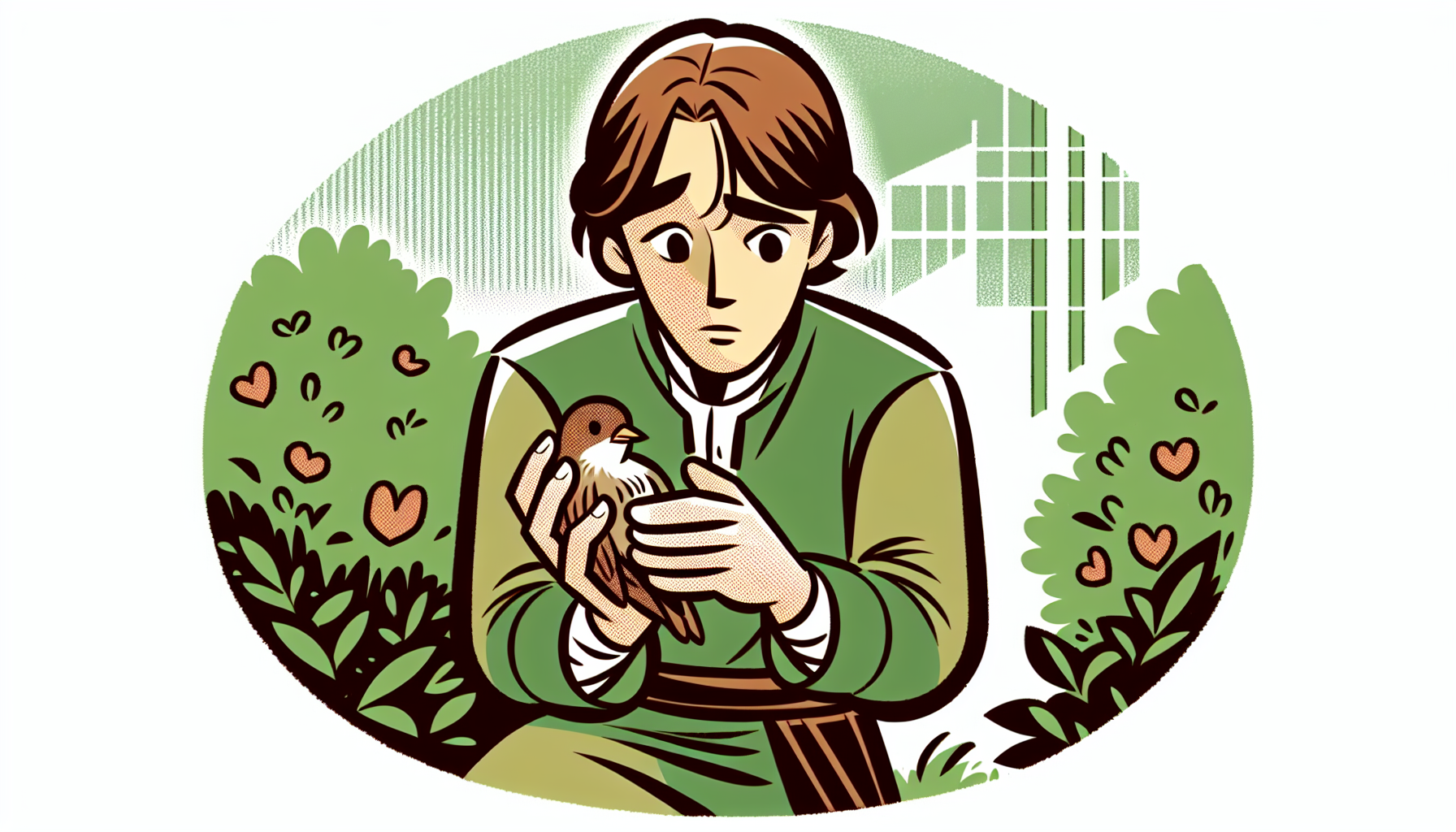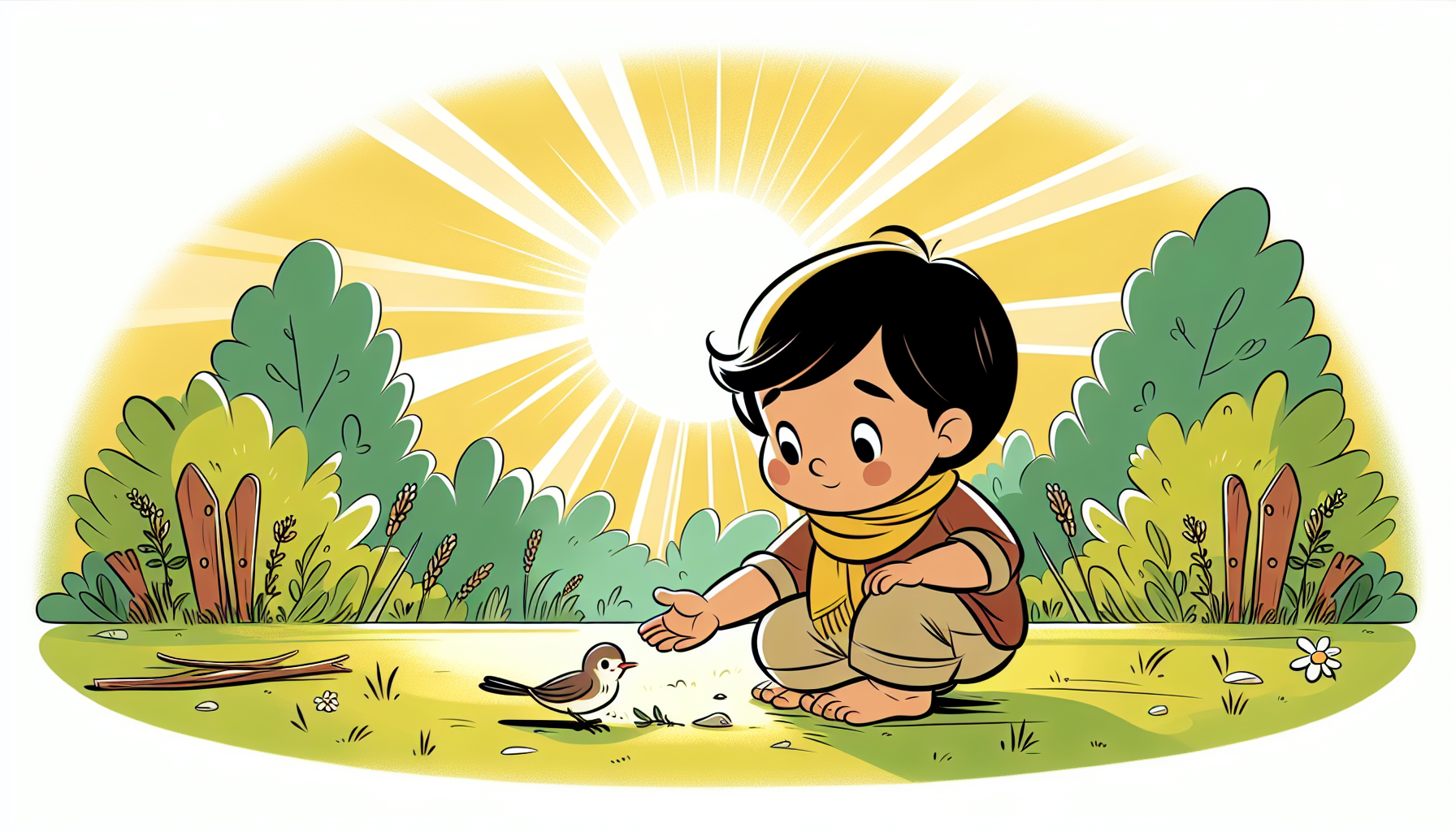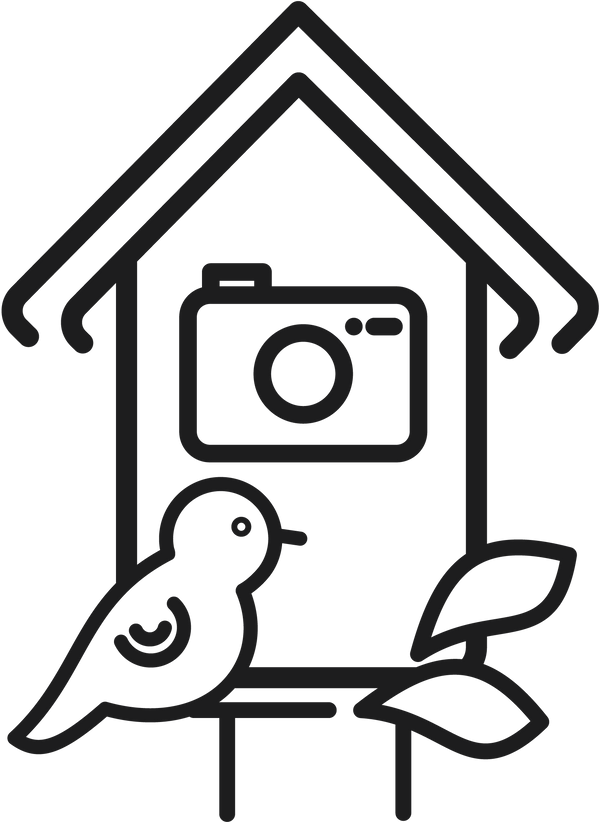
Injured bird in the garden: how to help correctly and quickly
An injured bird in the garden unsettles many animal lovers: What is acute first aid, what mistakes should be avoided and who is allowed to take in wild birds in Germany? The following practical guide brings together basic veterinary principles, nature conservation rules and tried-and-tested steps for emergencies. It shows how an injured bird in the garden can be safely stabilized, transported correctly and handed over to specialists - including checklists, tables and prevention ideas for your own garden.

Important: Stay calm, remove sources of danger, minimize stress and proceed carefully. This guide applies to common situations such as window strikes, cat bites, exhaustion, hypothermia, heat-related problems and road collisions. For strictly protected species and serious injuries, professional help should always be sought as quickly as possible.
- Safety first: move animals and people out of the danger zone, keep cats/dogs away, reduce noise.
- Quick check: breathing, reaction, visible injuries; If you have a cat bite, always seek professional treatment.
- Stabilize: Dark cardboard with air holes, soft cloth, keep warm (hand warm), do not feed or water.
- Quick help: contact a wild bird rescue center, bird veterinary practice or animal clinic; Transported in a quiet cardboard box.
- Prevention: Mark windows, supervise cats at times, offer safe feeding and watering places, design the garden with structure.
First aid: what to do if a bird is injured in the garden?
If there is an injured bird in the garden, what counts is a calm, clear process. The first step is to secure the location so that no further stress arises. Avoid crowds, bring pets into the house and decide quickly whether there is an urgent need for action. This is followed by gentle stabilization until expert help takes over the wild bird.
Security and rest protocol
- 1Clear danger zone: street, lawnmower, window front, pets. Choose a place in the shade.
- 2Quick check: breathing visible, bird reacting, bleeding? No self-therapy, just stabilization.
- 3Stabilize: Store in dark cardboard with air holes, soft cloth, calm and warm (lukewarm).
- 4Get in touch: Inform a wild bird sanctuary or avian veterinary practice and arrange transport.
Nestling or branchling – what to do?
Especially during the breeding season, young birds that appear to be “abandoned” often sit on the ground. Branchlings (already feathered, climbing/hopping) continue to be fed by their parents, even outside the nest. Nestlings (featherless, barely mobile) need help quickly. An injured bird in the garden can be both - a brief classification will help you avoid making the wrong decisions.
Diagnosis: How can injuries and shock be recognized?
An injured bird in the garden will show different symptoms depending on the cause. Concussions, incoordination and shock reactions often occur after a window hit. After contact with cats, there is a risk of bacterial infections through bites or scratches. Hypothermia and dehydration are typical accompanying factors in weakened wild birds - especially after cold nights or hot days.
Typical signs and meaning
What should be stopped immediately
- Do not feed or give water (danger of aspiration).
- Do not use home remedies, oils, creams or disinfectant sprays.
- No “release on suspicion” in case of daze – risk of relapse.
Transport and accommodation: How can birds be transported gently?
An injured bird in the garden should be transported in a small, dark box with air holes and a soft surface. The cardboard prevents wing flapping, reduces stress and prevents further injuries. Towels, kitchen paper or a soft cloth are suitable as cushions; Hay or straw are less ideal as stalks can get into wounds.
Box setup and temperature
- Ventilation: Several small holes on the side; Close the lid securely.
- Heat: Place a hand-warm heat source under a cloth; The aim is to have a body temperature of around 37-39 °C, with the environment only slightly temperate.
- Position: Bird on the ventral side, head slightly elevated, no tight loops.
Technical help: Which contact points can help?
Wild bird sanctuaries, avian veterinary practices and animal clinics are the most important partners for an injured bird in the garden. In many regions there are voluntary networks that give initial telephone assessments and coordinate acceptance times. Costs can vary greatly depending on the findings and treatment and experience shows that they range from around a few dozen to several hundred euros, especially for operations or intensive care.
Cat bites are always an emergency
Cat bites allow germs to get under the feathers; Externally small puncture sites can lead to life-threatening infections. Antibiosis and professional wound care are time-critical. Every hour counts here, even if the bird initially appears stable.
Prevention: How can accidents in the garden be prevented?

Precautionary measures reduce the risk that an injured bird in the garden will need to be cared for again. Common causes include window strikes, cat predation, lack of structural diversity and unsuitable feeding or watering places. A bird-friendly garden combines privacy protection, safe flight corridors and natural elements such as hedges, flowering plants and insect habitats.
Window protection and safe flight paths
- Sample films/markings in outdoor areas, denser than 10 cm vertically or 5 cm horizontally.
- Do not plant indoor plants directly behind glass, avoid reflections (curtains, slats).
- Watering and feeding places either very close to the window (less than 1 m) or far away (more than 5 m).
Cat management and safe retreat areas
- Consider the active times of the young birds; Temporarily limit outdoor activity during the main breeding season.
- Cat bell collars or colorful “Birdsbesafe” collars can reduce prey success.
- Create dense hedges, piles of dead wood and bushes as islands of protection.
Legal matters in Germany: What is allowed, what is forbidden?
Wild birds are protected in Germany. The temporary admission of injured animals to provide assistance is permitted, but there is an obligation to release them back into the wild after recovery or through competent authorities. Nests and eggs of many species are particularly protected during the breeding and rearing season; Interventions are only permitted in justified exceptions. If you are unsure, we recommend contacting local nature conservation authorities or rescue stations.
Documentation and handover
- Note the location, time and any noticeable symptoms.
- Photos/videos can make assessment easier (without stressing the animal).
- Quick transfer to expert hands speeds recovery and release.
Case study: From hitting the window to being released
A male blackbird hits a patio door. It sits on the floor in a daze with its eyes half closed. The finder puts it in a prepared box, places a lukewarm hot water bottle under a cloth and contacts the regional rescue center. After a short examination, painkillers are administered and protection is provided in an indoor aviary. Two days later, the blackbird flies stable again in a secured outdoor area and is released at the site where it was found - with the glass surface permanently marked as a preventive measure.
Common Causes: What Risks Lead to Injuries?
Most cases of “injured birds in the garden” occur due to window hits, cat attacks, road traffic, strong winds, falls from nests or malnutrition during dry periods. Trend analyzes from reception stations show seasonal peaks: spring/early summer for young birds, late summer/autumn for migratory movements and glass collisions. Weather extremes increase stress - at the same time, structured gardens and safe feeding places help to reduce failures.
Conclusion and recommendations for action
Anyone who is prepared can help significantly: an injured bird in the garden needs, above all, peace, darkness and warmth - no experiments. The combination of quick stabilization, professional clarification and clever prevention in your own garden significantly increases the chances of survival.

Quick check, box, contact with the reception center – that’s the basic structure. In the medium and long term, window markings, cat-friendly management, structured planting and well-placed feeding and watering points reduce the risk that an injured bird in the garden will have to be cared for again.
